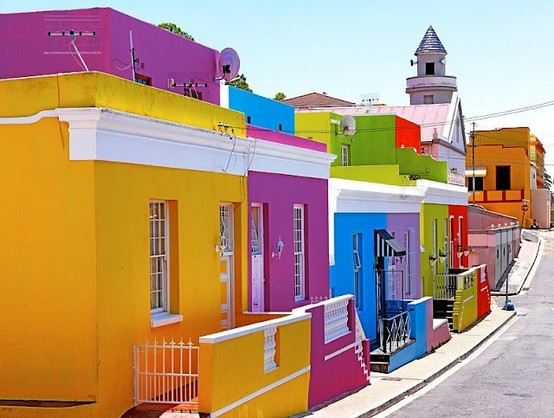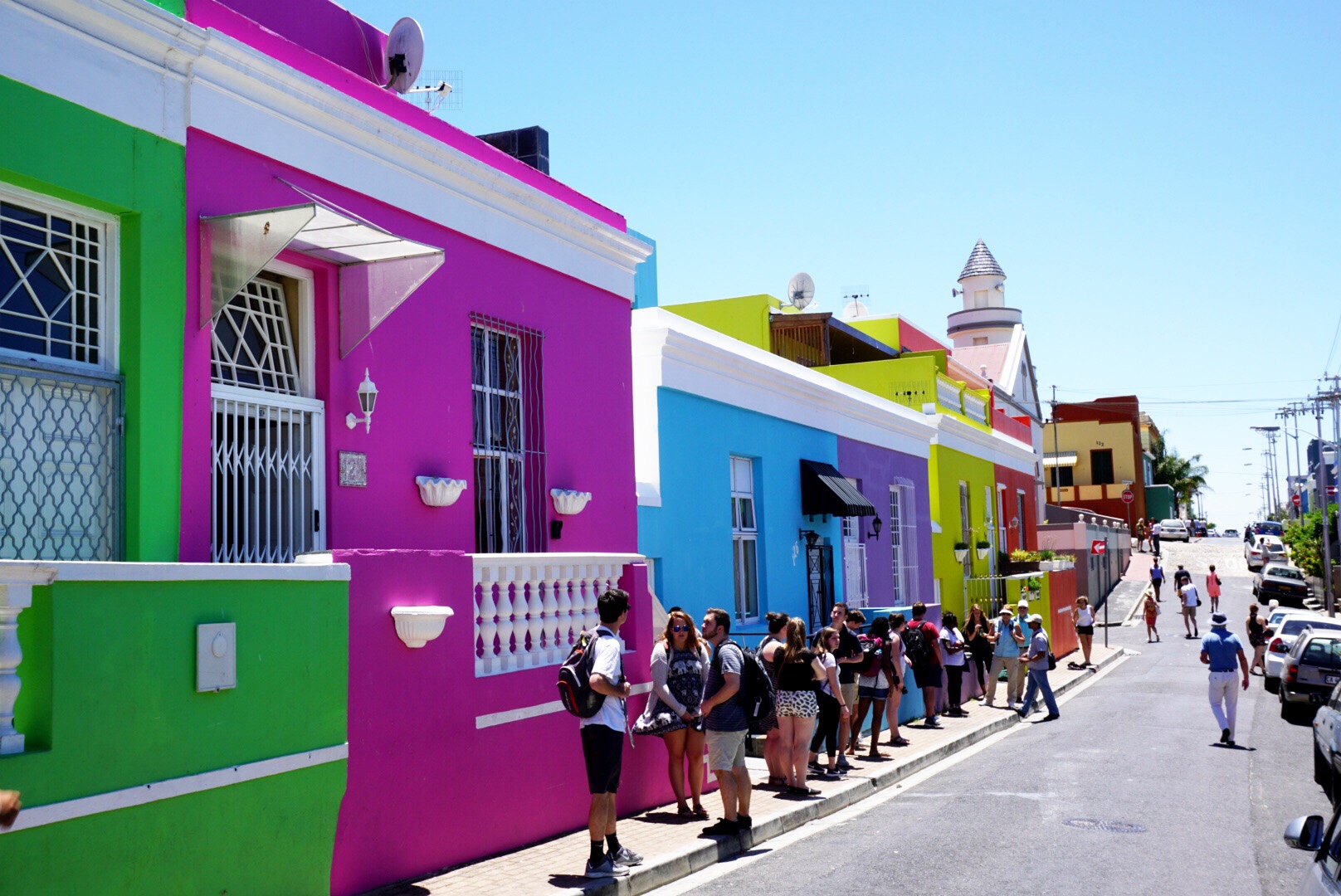For four years, residents of South Africa’s oldest and colourful Muslim community, the Bo-Kaap, had been fighting for protection against new development projects that may destroy the area’s unique characteristics.
Residents of Cape Town’s oldest surviving residential area, however, heaved a sigh of relief on Thursday when the City of Cape Town announced that the area would receive heritage protection.
According to local media, the Muslim neighbourhood has been marked as an official Heritage Protection Overlay Zone (HPOZ), a system the City uses in its zoning scheme to provide protection and manage development in spaces the city identifies as heritage spots.

Thursday’s decision by the city council to approve a heritage protection overlay zone for the neighbourhood will affect new developments, restorations, and the maintenance and alteration of properties, reports TimesLIVE.
In other words, Bo-Kaap residents have been assured that any developments that threaten to infiltrate the zone would be restricted by the protection of the HPOZ. The city will also take care of all bills related to the restoration and maintenance of properties in the area, according to The South African.
Last year, Bo-Kaap made headlines following heated clashes between developers and residents in the area. The City subsequently conducted wide public participation hearings and asked locals to have their say on the proposal to make the Bo-Kaap area an official heritage site.

iol.co.za
There was a sector hearing on February 9 where community-based organisations and the business sector made oral presentations. The process concluded on February 22. At the end of it all, 2,298 comments were received of which 2 271 were in support of the proposal.
“Evidently, those who participated want the City to protect the Bo-Kaap’s long-term sustainability as a cultural asset. By including the Bo-Kaap in an HPOZ we will ensure that this uniqueness is harnessed and promoted for future generations and visitors,” said the City’s Mayoral Committee Member for Spatial Planning and Environment, Alderman Marian Nieuwoudt.
More than 600 privately owned properties in the Bo-Kaap will be within the new heritage zone, and Nieuwoudt said officials would be available to give owners free advice on adhering to the regulations governing the zone.
“The zone will not prevent new development. However, it sets additional development rules over and above the provisions of the base zoning for land units in the Bo-Kaap,” she said.

The City’s mayor, Dan Plato, welcomed the development and described it as a pivotal moment for the historic neighbourhood.
“I personally want to thank all of those who have persevered, and I want to commend those who have participated in the recent public participation process for their commitment and constructive contributions.
“The Bo-Kaap is entering a new chapter where residents and landowners can actively promote it as a heritage tourist destination to the benefit of the local community, as well as the broader Cape Town,” he said.
The HPOZ will come into effect once published in the Provincial Gazette.

Situated on the slopes of Signal Hill above the city centre, Bo-Kaap is one of the most brilliantly-coloured and historically-unique neighbourhoods in South Africa. Its colourfully-painted homes and “romantic cobble stoned streets” date back to the 18th century.
Residents of Bo-Kaap are descendants of slaves that were imported by the Dutch from Malaysia, Indonesia, India, Sri Lanka and various African countries during the 16th and 17th centuries, according to accounts by Amusing Planet.

Even though not all of the slaves were of Malaysian descent, they were largely known as “Cape Malays.” In 1795, the British seized Cape Town from the Dutch and this led to changes in subsequent decades including religious freedom, the abolition of the slave trade and finally the end of slavery.
Eventually, the liberated slaves formed a new community at Bo-Kaap, which is sometimes referred to as the Malaya Quarter. A largely Muslim community, Bo-Kaap is characterized by a distinctive Cape Malay culture created by intermarriage between slaves from the South and Southeast Asian countries with those from India, Madagascar, and native African groups, the Amusing Planet report stated.

It added that many local women converted to Islam to marry Muslim men. Initially, houses of Cape Town were painted white. Residents of Bo-Kaap, to highlight their unique Muslim identity, subsequently began painting their houses in bright colours in preparation for the celebration of Eid.
Neighbours agreed on what colours to use to avoid clashing of shades. In recent years, there have been fears that the area would not be able to hold on to its colourful cultural history following protests and court challenges over the area being sold to developers.
This is expected to change as the area gets officially approved as a protected heritage site.










